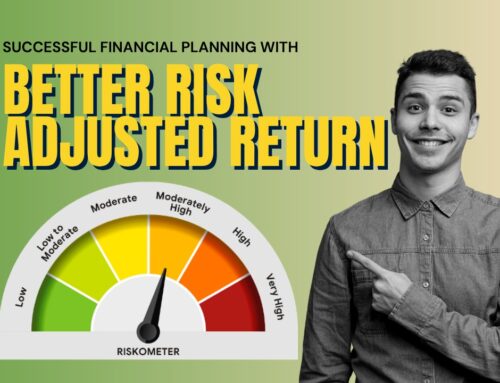TL;DR
This article emphasizes the importance of a clearly defined, organized emergency fund for one’s overall financial well-being. Financial well-being is not just about wealth; it is about a sense of security and peace of mind regarding your money. Having an emergency fund means immediate access to cash should unexpected expenses or unforeseen events arise, such as losing a job, a medical emergency, or an urgent repair, helping keep these surprises from derailing long-term objectives. This article shared a suggested three-bucket approach for emergency savings that categorizes funds for covering job loss, discretionary overspending, and health emergencies. The article recommends considering both the size and structure of the emergency fund based on individual circumstances and scheduling regular check-ins. An emergency fund should be viewed as a foundation for financial security and stress relief, separate from cash on hand.
The primary reason for having a financial plan is to achieve financial well-being. When we discuss financial well-being, we don’t just mean having an investment portfolio that generates returns more efficiently than the market benchmark, or simply being financially healthy. It is more about a mental state of peace and satisfaction with one’s relationship with money, providing a sense of security and calm.
Another way to think about this is that financial well-being implies having both economic security and the freedom to choose in the present and the future.
What is an Emergency fund?
If we define it in literal terms, it’s a financial buffer you need to maintain to protect against unexpected expenses, such as job loss, medical emergencies, or costly repairs, so you don’t disrupt any investments or other long-term goals. There are two underlying core principles that an emergency fund intends to achieve:
- It should provide immediate access to cash when faced with life’s challenges and uncertainties, allowing individuals or families to avoid high-interest debt.
- The fund should be reserved strictly for true emergencies, not for planned discretionary expenses, and replenished promptly after use.
From a financial well-being standpoint, having an emergency fund is essential, as it provides individuals with the financial freedom to make choices that allow them to enjoy their lives in the present. It means that any hiccups today neither impact their current monthly budget nor disrupt their long-term goals.
The practical approach to the Emergency Fund in the modern context
Most experts recommend saving between 3 and 6 months of essential living expenses, with some stretching it up to 12 months for greater job or income stability. Although this approach may be suitable in ideal conditions, it may not be a good fit for every person’s financial plan. Stricter financial control and having ideal financial habits may not be everybody’s cup of tea.
The right approach to structuring your emergency fund involves examining your financial plan and assessing your financial behavior, and creating a three-bucket structure for your emergency fund.
Bucket 1: The first bucket for supporting unforeseen job losses. An event like this can disrupt your income for 3 to 6 months, depending on your industry, and will necessarily affect your budget for essentials. As most people generally don’t follow a structured budgeted approach, it is better that this bucket of emergency funds should not cover your essentials, and also include a portion of your discretionary expenses.
Bucket 2: We are all slaves of our habits. Certain frivolous purchases, driven by the dopamine rush of offers, can disrupt your monthly budget. If you belong to this category of spenders, consider creating an overspend bucket inside your emergency fund so that it doesn’t impact your primary emergency fund or any long-term goal.
Bucket 3: The third bucket is specially for health emergencies. Even if you have both employer and medical cover, a lot of this would trigger when you are hospitalized. Plus, in India, around 33% of medical expenses are out-of-pocket ( which the health insurance policy doesn’t cover). Probably the right way to think about this is to set up a separate bucket in your emergency fund equal to 33% of your total medical coverage with your health insurance provider.
Key considerations for the Emergency fund
Now that you are clear about the idea of an emergency fund and how important it is from the perspective of having a robust financial plan, it is necessary for your achievement of economic well-being. Here are the key considerations:
- The size, placement, and structure of an emergency fund should reflect an individual’s life stage, number of dependents, health situation, career stability, debt levels, and financial behavior ( which is not always ideal).
- One should prioritize their health-related emergencies in their emergency reserve by maintaining a separate cash reserve, even if they have health insurance coverage.
- NS Wealth recommends conducting a quarterly review of your emergency fund and establishing an automated process for refilling each bucket when it falls below the benchmark level.
By considering the emergency fund as the foundation of a personal financial plan and taking a strategic approach to it. It is a myth to think it is just “extra cash, think of it as a way to build long-term stability and ensure stress reduction during one’s life’s inevitable disruptions.




